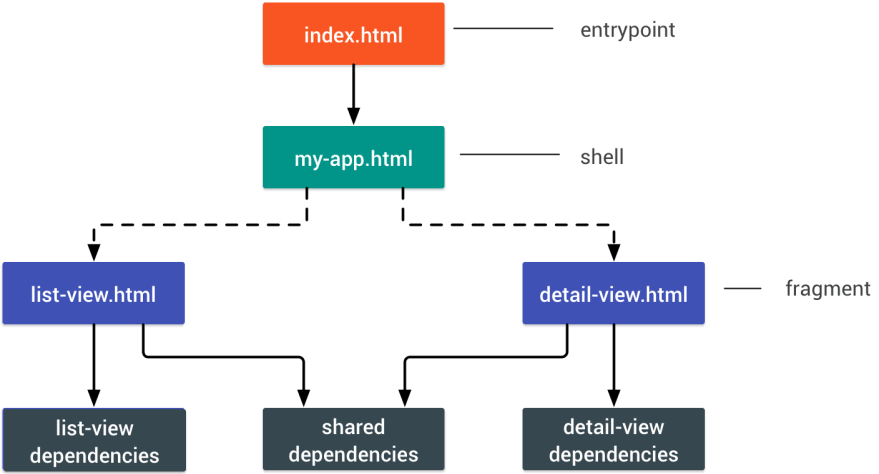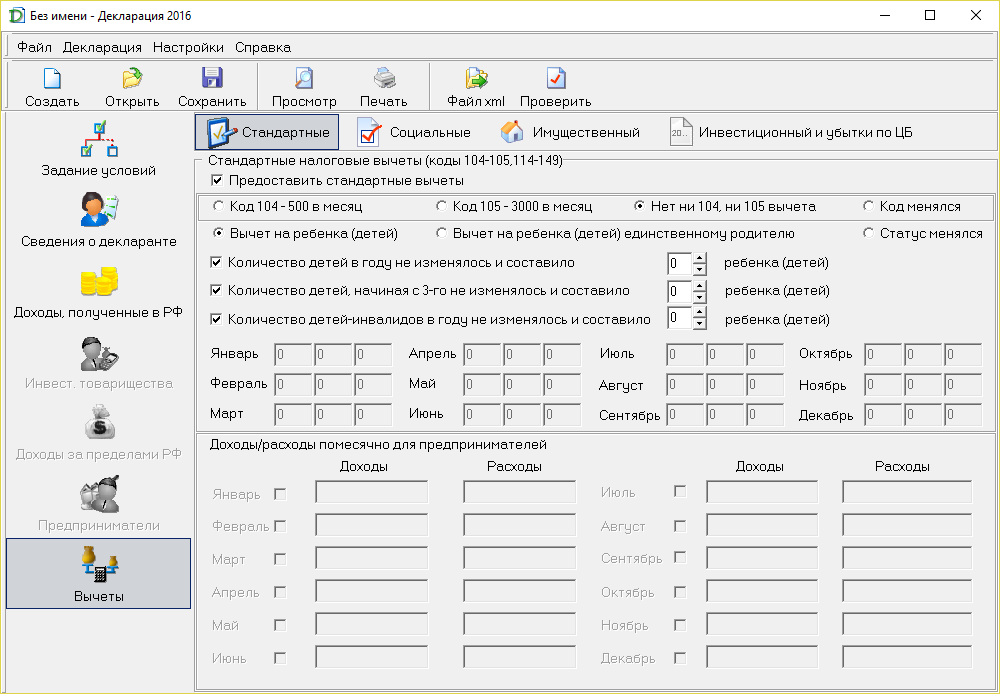
Book Baza Otdikha Zhuravushka, Orekhovo on TripAdvisor: See traveler reviews, 16 candid photos, and great deals for Baza Otdikha Zhuravushka, ranked #1 of 2 B&Bs / inns in Orekhovo and rated 3.5 of 5 at TripAdvisor. Dive Trip Date: HKBgPKVv Information_Provided_by: TyjrhXkvk Email: newas@gmail.com Visibility: wZEpEzGwXxWWSNwozfs Surface Water Temp: dGDxTQlXQctE Thermalcline Water Temp: SKqOLgekJPocjbHGU.  I have some Delphi code to read and validates XML files based on an XSD document. I am using using Windows DOM (TMXLDocument). This Article explains the underlying logic. It works on some computers (i.e. Throws exception for offending tags).
I have some Delphi code to read and validates XML files based on an XSD document. I am using using Windows DOM (TMXLDocument). This Article explains the underlying logic. It works on some computers (i.e. Throws exception for offending tags).
In this follow-up tutorial of, continues with its comprehensive, yet easy tutorial to quickly import data into R, going from simple, flat text files to the more advanced SPSS and SAS files. As a lot of our readers noticed correctly from the first post, some great packages to import data into R haven't yet received any attention, nor did the post cover explicitly the distinction between working with normal data sets and large data sets. That is why this will be the focus of today's post. Keep on reading to discover other and new ways to import your specific file into R, and feel free to if you have additional questions or spot an error we should correct. (Try this interactive course:, to work with CSV and Excel files in R.) Getting Data From Common Sources into R Firstly, this post will go deeper into the ways of getting data from common sources, which is often spreadsheet-like data, into R. Just like with the previous post, the focus will be on reading data into R that is different from Excel or any other type of files.
Next, the data from other sources like statistical software, databases, webscraping, etc. Will be discussed. If you want to know more about the possible steps that you might need to undertake before importing your data, go to our, which explains how you can prepare your data and workspace before getting your data into R. Reading in Flat Files Into R with scan() Besides, which was mentioned in the of the R data import tutorial, the function can also work when handling data that is stored in simple delimited text files. Unlike the function, the function returns a list or a vector, not a dataframe. Suppose you have the following.txt document: 24 19 53 1962 You can read in the data (which you can download ) with the following command: data ') Getting Fixed Column Data Into R with read.fwf() To read a table of “fixed width formatted data” into a data frame in R, you can use the function from the package.
Dec 2, 2012 - Creating the DSN for your computer. Setting up R to read. 6.4 Converting from a dataframe to a table. 9.16.2 Weights. The process of converting paper checklists to a digital format, however, is not. Patient values, such as weight, vital signs, distal pulses, neurological score.

You use this function when your data file has columns containing spaces, or columns with no spaces to separate them. Phir kisi ka intezar mp3 free download. Phys / 00 / 1: M abadda Math / 00 / 2: F bcdccb Lang / 00 / 3: F abcdab Chem / 00 / 4: M cdabaa Here, you do know that, for example, the subject values always reside in the first 7 characters of each line and the sex values are always at 22, and the scores start from character 25 to 30.